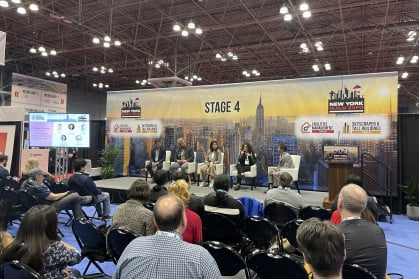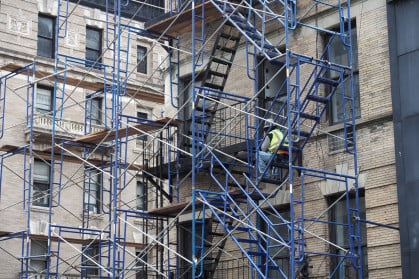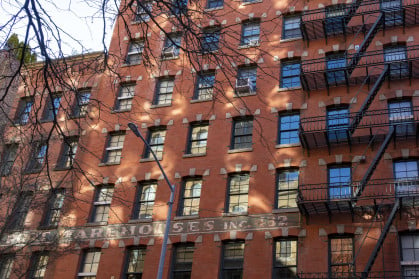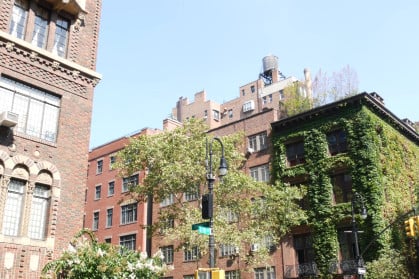
What are the main NYC energy efficiency laws that apply to co-op and condo buildings?
Under the leadership of Michael Bloomberg, who served as New York City mayor from 2002 to 2013, significant effort was made to reduce greenhouse gas emissions in the city. His administration passed local laws that require large buildings, including residential buildings exceeding 25,000 square feet, to track their energy and water consumption patterns (initially, the requirement applied to buildings exceeding 50,000 square feet but was later revised to half that size).
Measuring and benchmarking efforts began so that strategies to improve efficiency could be identified and implemented. An oft-repeated adage in business is “What gets measured gets managed.” The corollary, “What doesn’t get measured doesn’t get done,” is applicable to many things in life and business, so these early requirements to track energy use were a laudable start.
While some of the NYC energy laws may seem confusing, they can be grouped into three main categories: measure, shame, and fine.
- Measure. Benchmarking was initiated under the Greener, Greater Buildings Plan (GGBP), a 2009 plan started by the Environmental Protection Agency (EPA), and has continued to be a valuable strategy. Any of the laws that require measurement or scoring fall into this category.
- Shame. LL33, which requires posting energy efficiency scores, falls into this category. If you have walked down the streets of New York City, you have probably noticed that most buildings now have a “D” posted by their main entrance. (In our estimation, however, it’s quite possible that those buildings with an “A,” “B,” or even a “C” submitted inaccurate or incomplete data.) Additionally, by making reports available online, your building’s detailed performance is available for everyone to see.
- Fine. The Climate Mobilization Act and the Local Law 97 are bold sustainability plans, proposed with the stated intention of protecting our environment. As noted, the fines they impose will be significant. To avoid them, your building should already be planning your retrofits.
New York City’s current energy-efficiency laws are numerous. Here are the primary laws that impact most residential buildings:
| New York City’s Main Energy Efficiency Laws | |
|---|---|
| Local Law 84 (LL84) |
|
| Local Law 87 (LL87) |
December 31, every 10 years |
| Local Law 33 (LL33) |
|
Local Law 97 (LL97) is |
|
Sign Up for our Boards & Buildings Newsletter (Coming Soon!)
Thank you for your interest in our newsletter. You have been successfully added to our mailing list and will receive it when it becomes available.























